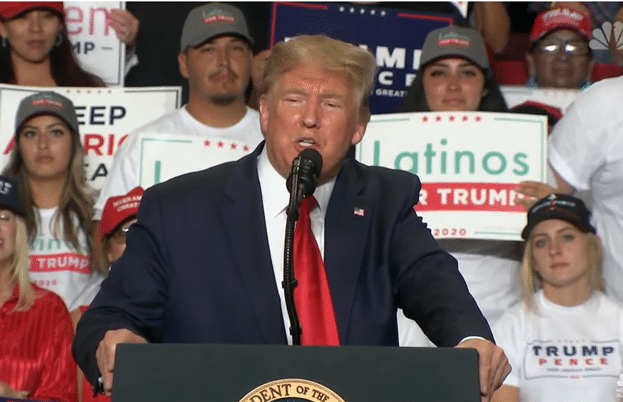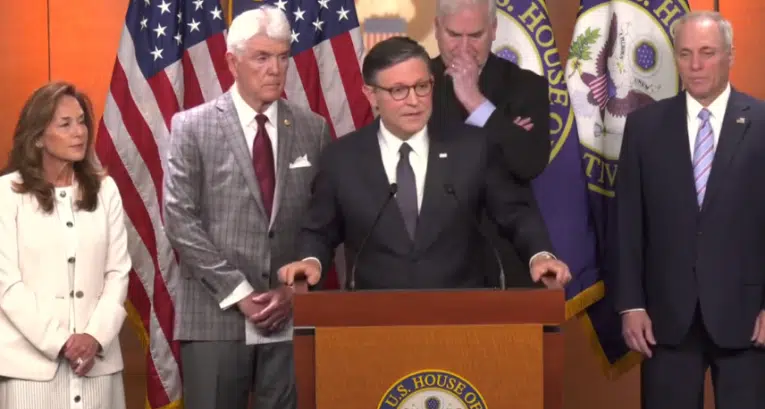
New polls show a marked shift away from President Joe Biden among Latino voters compared to 2020, with the latest New York Times poll showing former President Donald Trump leading among Hispanics by six points, representing a nearly 40-point swing away from Biden compared to 2020.
However, a natural question is how much of this shift is disillusioned former Biden supporters, and how much may be entirely new voters entering the voter pool with a decided lack of loyalty to Biden and Democrats?
While it is likely a little of both, a new data report from BSP Research and UnidosUS argues that newer voters entering the voter pool – either formerly non-voters or younger voters who were ineligible to vote previously – skew heavily independent and are less likely to be Democrats.
The UnidosUS report also mentions the relative “youth” of the Latino vote, that is, every election cycle a significant number of newly eligible Latino voters come of age and are added to the voter pool. According to the report, around 1 in 4 Latino voters this election could be new voters, and almost 40 percent of the Latino electorate this November will be new voters compared to the 2016 election.
UnidosUS and BSP Research found that newer registered Latinos are much younger than the voter population as a whole, with a full 80% of newer voters clocking in at age 39 or younger. Newer voters are also significantly more likely have been born in the US according to the research.
With that established American identity appears to come a reluctance to embrace the Democratic Party, and an inclination toward political independence. The UnidosUS data found that new registered Latino voters are significantly less likely to identify as Democrats compared to established voters. Just 45 percent of newer voters identity as Democrats, compared to 59 percent of more established (and usually older) voters, a fourteen point difference.
According to the research the Republican gap between younger and older voters is much smaller, just five percentage points, with 18 percent of newer voters saying they are Republicans compared to 23 percent of older voters. The data shows a swell of younger voters are declaring themselves independent voters, with 36% of newer voters identifying as independent or non-partisan while only 18 percent of established voters say the same.
The UnidosUS report concludes with a somber warning to Democrats: “trends in partisanship appear confined to a Democratic bleed into independence and non-partisanship, a long-standing if growing feature among younger and Latino voters.”
The research is valuable in that it highlights the fact that as whole, the Latino vote is younger than other voter populations, and that as newer voters are added into the voter pool, they are increasingly independent.
That said, while the Latino vote is indeed shifting away from Democrats as the voter pool changes, there are also likely gains for Republicans among disenchanted former Democrats.
The latest Times poll shows that while Trump’s numbers with Latinos have increased only slightly since last October giving him a current six-point edge over Biden – that is a massive swing compared to 2020 when Trump lost Latinos by 33 points.
The Times poll shows that collectively, Latinos are very dissatisfied with Biden and give him an approval rating of minus 23 points, as well as deeply negative approval ratings on the economy, immigration, and foreign policy. It is worth keeping in mind that the bulk of these negative ratings may be stemming from newer Latino voters, while more established and older Latino voters may remain more loyal to Biden in November. However, it is hard to ague that the entire shift is among new voters.
Manzanita Miller is the senior political analyst at Americans for Limited Government Foundation.






